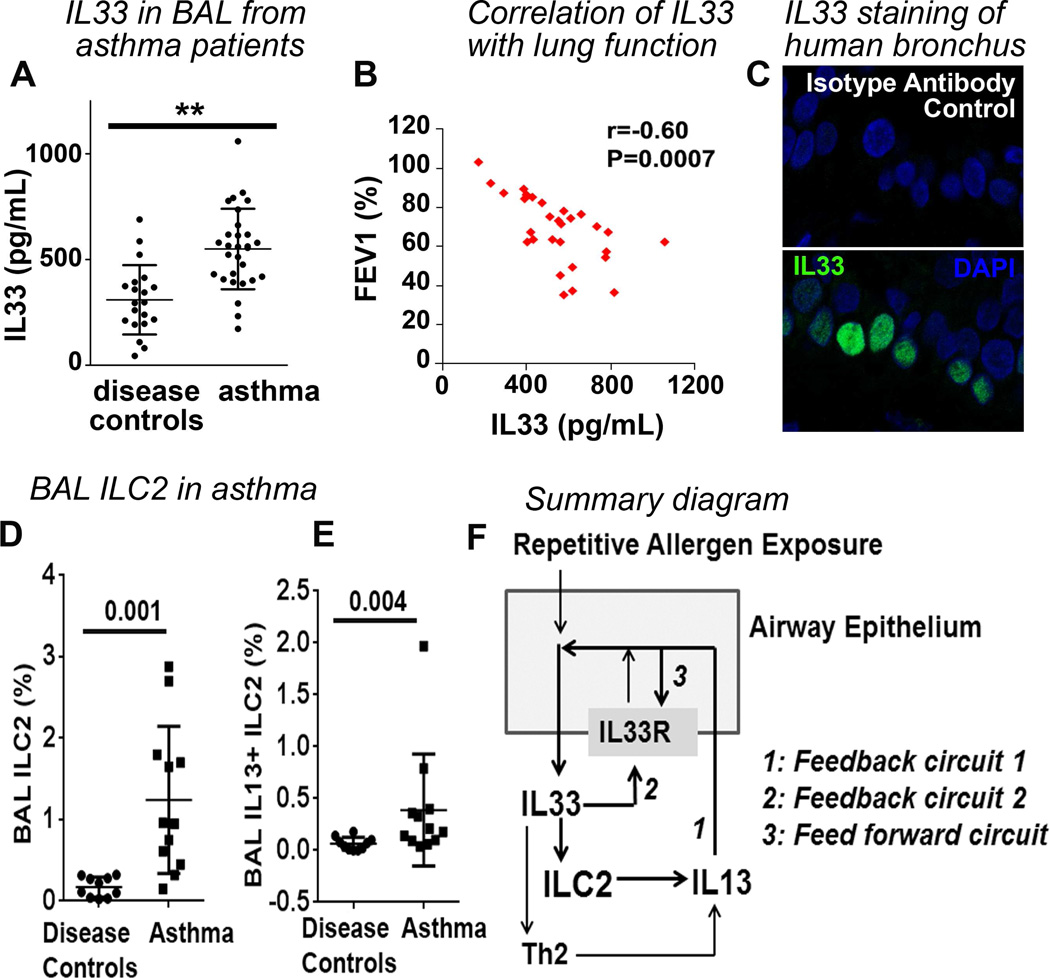Figure 6. Role of IL33 and ILC2 in human asthma.
(A) IL33 level (ELISA) in bronchoalveolar lavage (BAL) from asthma patients and disease controls. **p<0.005. (B) Correlation between BAL IL33 and forced expiration volume in 1 sec (FEV1), a measure of airway obstruction. (C) IL33 immunostaining of an endobronchial biopsy sample from an asthmatic patient. Green: IL33; Blue: DAPI for nuclear staining. N=9. (D&E) Frequency of ILC2 (Lin−IL7Rα+FcεRI−IL33R+) and IL13+ ILC2 in BAL from asthmatic patients and disease controls. (F). A summary diagram depicting the mechanism of sustained IL33 production and persistent of asthma. Repetitive allergen exposure induces IL33 production by epithelial cells. IL33 induces ILC2 and Th2, and stimulates IL13 production. IL13 directly induces IL33 production, which establishes the feedback circuit 1. IL33 auto-induces, which establishes the feedback circuit 2. IL13 augments IL33R expression and enhances IL33 auto-induction, thus generating a feed forward circuit.

